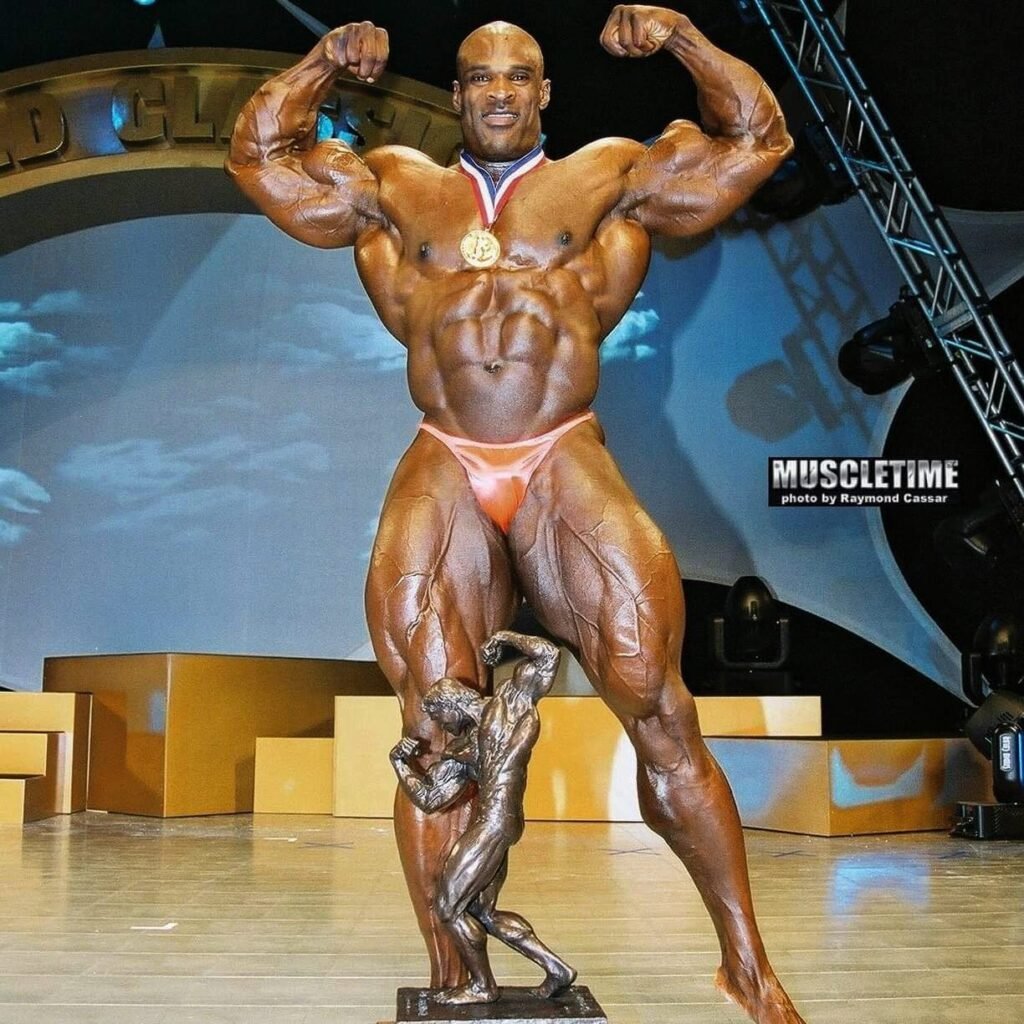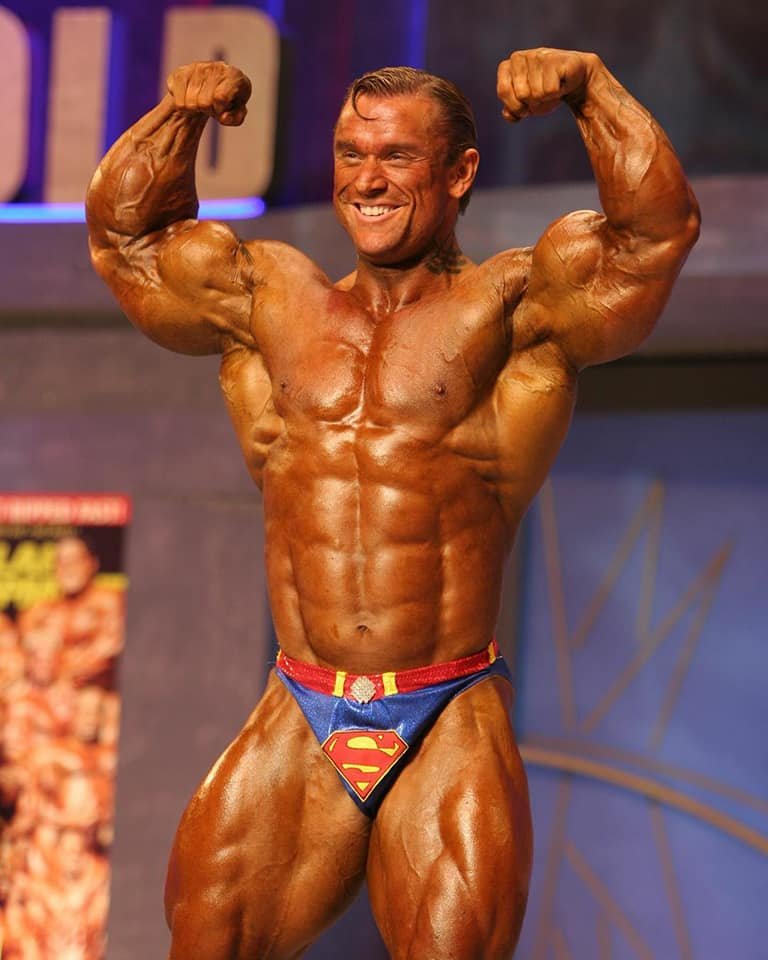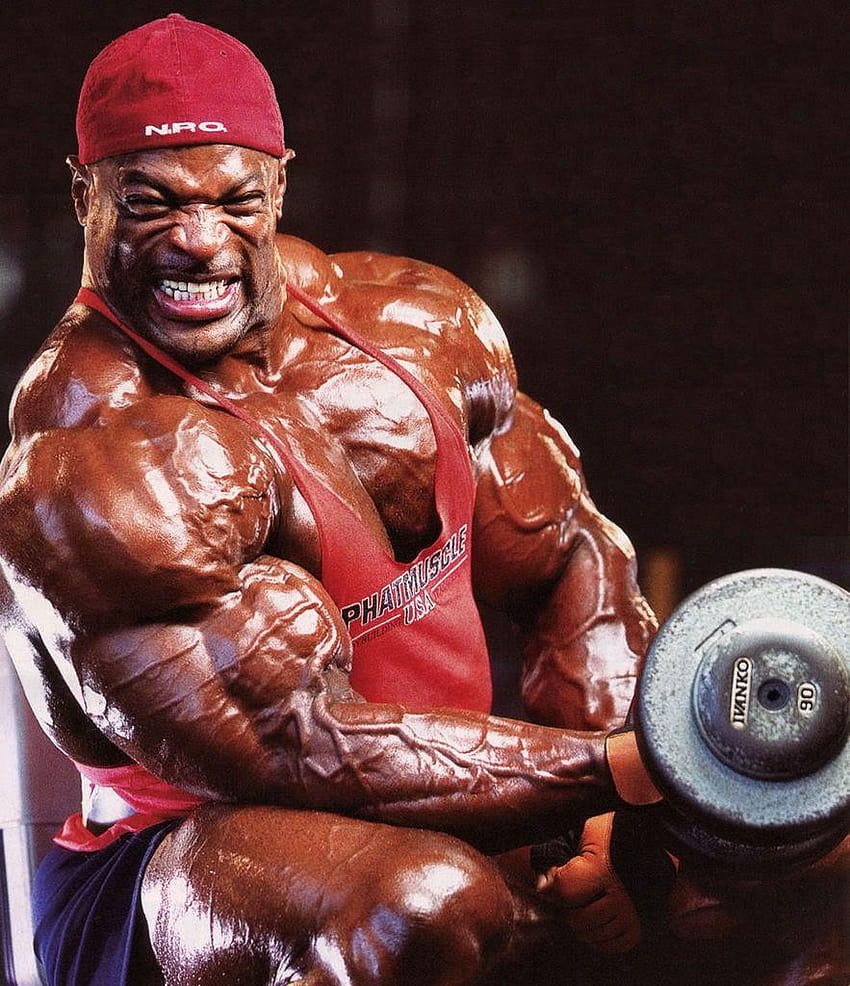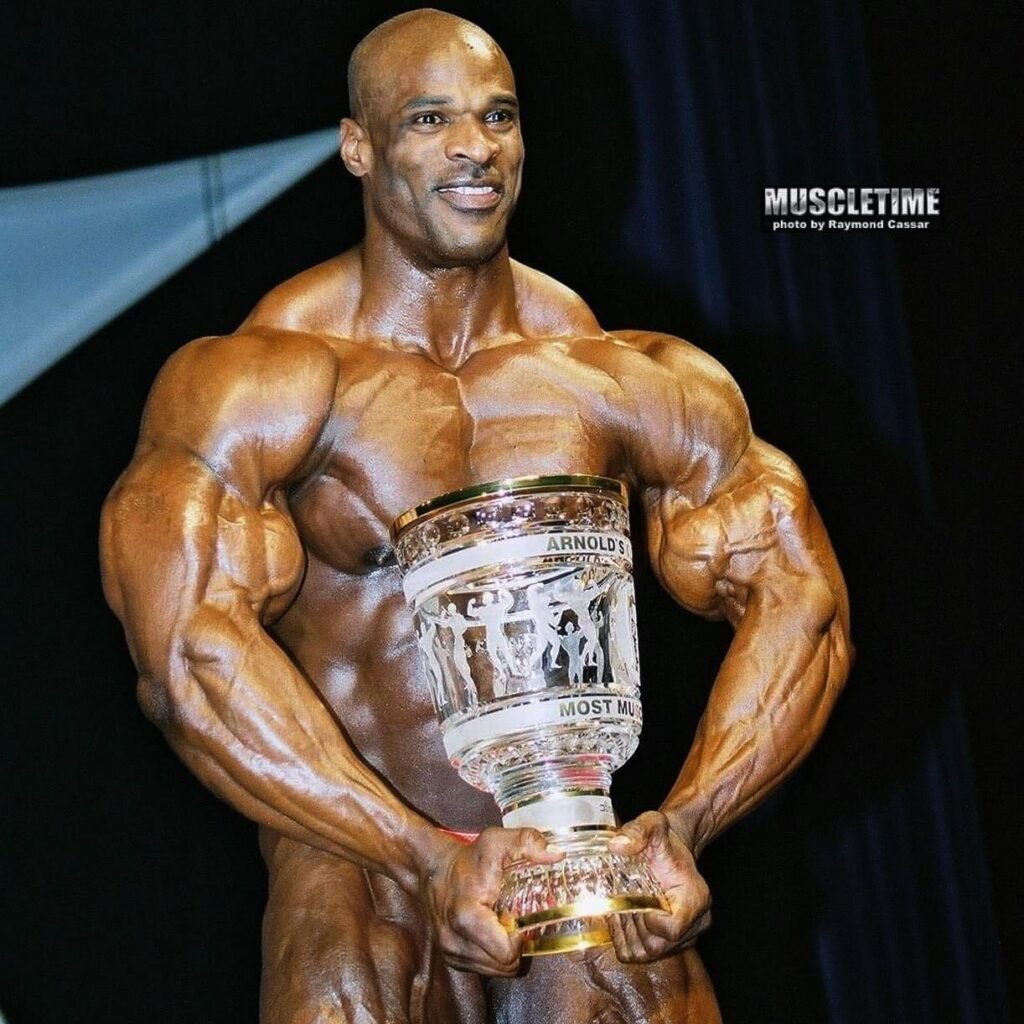Bodybuilding, the art of sculpting the human physique to its pinnacle, has witnessed the rise of legends, each leaving an indelible mark on the sport’s history. Among these legends stand two formidable names – Ronnie Coleman and Lee Priest.
Their journeys, intertwined with victories, defeats, and a passion for iron, have shaped the landscape of bodybuilding in unique ways.
The Rise of Ronnie Coleman

Ronnie Coleman often hailed as “The King,” made an indomitable impact on bodybuilding during his illustrious career.
Born on May 13, 1964, in Bastrop, Louisiana, Ronnie Coleman’s initial foray into sports wasn’t in bodybuilding. Before gracing the Olympia stage, Ronnie Coleman had a brief stint in powerlifting.
In the 1990s, the bodybuilding world witnessed a seismic shift as Ronnie Coleman transitioned from powerlifting to bodybuilding. His sheer mass, unparalleled definition, and work ethic propelled him into the upper echelons of the sport.
Eight Mr. Olympia titles, an unprecedented achievement, firmly established Ronnie Coleman as a living legend.
The Lee Priest Chronicles

On the other side of the spectrum is Lee Priest, a pocket rocket of a bodybuilder, standing at just 5’4″. Born on July 6, 1972, in Newcastle, Australia, Lee Priest didn’t let his shorter stature deter his ambitions.
Known for his symmetrical physique, Lee Priest rose to prominence in the 1990s, captivating audiences with his aesthetic proportions.
Standing shoulder to shoulder with taller competitors, Lee Priest showcased that size isn’t the sole determinant of success in bodybuilding.
His journey, albeit different from Ronnie Coleman’s, exemplifies the diversity within the sport, proving that excellence comes in various sizes.
1997: An Unforgettable Encounter
The paths of Ronnie Coleman and Lee Priest intersected in 1997, marking a pivotal moment in both their careers.
Ronnie Coleman recalls a particular incident during the Iron Man competition where he found himself placed behind Lee Priest.

The sight of Lee Priest, standing at 5’1″ and around 200 pounds, ahead of the towering Ronnie Coleman fueled a competitive fire within the latter.
Despite the initial shock, Ronnie Coleman’s competitive spirit didn’t waver. The Arnold Classic that followed saw a rematch, with Lee Priest once again challenging the reigning giant.
As the narrative unfolded, Ronnie Coleman found himself questioning his place in bodybuilding, contemplating a departure from the sport.
However, a moment of introspection, coupled with a pragmatic realization – including the perks of a free gym membership – propelled Ronnie Coleman to continue his pursuit of greatness.
Training Philosophy and Evolving Perspectives

Ronnie Coleman’s training philosophy is etched in the annals of bodybuilding. His dedication to heavy lifting and relentless pursuit of muscle hypertrophy redefined the boundaries of what the human body could achieve.
Ronnie Coleman’s revelation of his heaviest lifts – a back squat of 610 pounds, a bench press of 525 pounds, and a deadlift of 710 pounds – showcased the raw power that underpinned his Herculean physique.
While acknowledging the efficacy of heavy lifting, Ronnie Coleman, in a more recent interview, conceded that contemporary bodybuilders have embraced strength training more fervently.
He highlighted the evolution of the sport, emphasizing the constant strive for improvement in subsequent generations.
Comparing the Titans: Arnold Schwarzenegger’s Era vs Modern Powerlifting Records
As the torchbearer of bodybuilding excellence, Arnold Schwarzenegger, though not directly pitted against Ronnie Coleman and Lee Priest, casts a significant shadow.
Comparisons between the lifting prowess of Arnold Schwarzenegger’s era and modern powerlifting records provide intriguing insights.
Arnold Schwarzenegger’s reported one-rep max lifts – a 610-pound back squat, a 525-pound bench press, and a 710-pound deadlift – culminate in a total of 1,845 pounds.
However, in the context of modern powerlifting, particularly within the International Powerlifting Federation (IPF), Arnold Schwarzenegger’s lifts would position him in the 12th place overall in the 120-kilogram category.
This analysis, while illustrative, acknowledges the nuances of comparing lifting eras and emphasizes that Arnold Schwarzenegger’s lifts were likely achieved in a gym setting rather than a sanctioned competition.
The Journey Beyond Competitions

Lee Priest, much like Ronnie Coleman, found solace and purpose in the gym. Training, initially driven by the pursuit of a better physique, transformed into a lifelong passion.
Lee Priest’s experience, shared on various platforms, resonates with the challenges and joys of being a professional bodybuilder.
From the rush of applause on stage to the arduous nights of cardio and stringent dieting, Lee Priest’s journey mirrors the rollercoaster ride that is professional bodybuilding.
As both Ronnie Coleman and Lee Priest transitioned from their competitive phases to post-retirement, their love for training endured.
Ronnie Coleman, despite the toll his body took during his competitive years, continues to embrace the gym as a place of leisure and recreation. Lee Priest, too, finds joy in training without the pressures of competition.
Conclusion: A Legacy Forged in Iron
The tales of Ronnie Coleman and Lee Priest, while distinct, converge at the intersection of passion, perseverance, and the pursuit of greatness.
Ronnie Coleman’s reign as Mr. Olympia and Lee Priest’s defiance of height norms exemplify the diverse narratives within bodybuilding.
As their journeys continue beyond the stage, they leave behind a legacy etched in iron – a legacy that transcends competition and resonates with every individual who seeks inspiration in the transformative power of the human body.